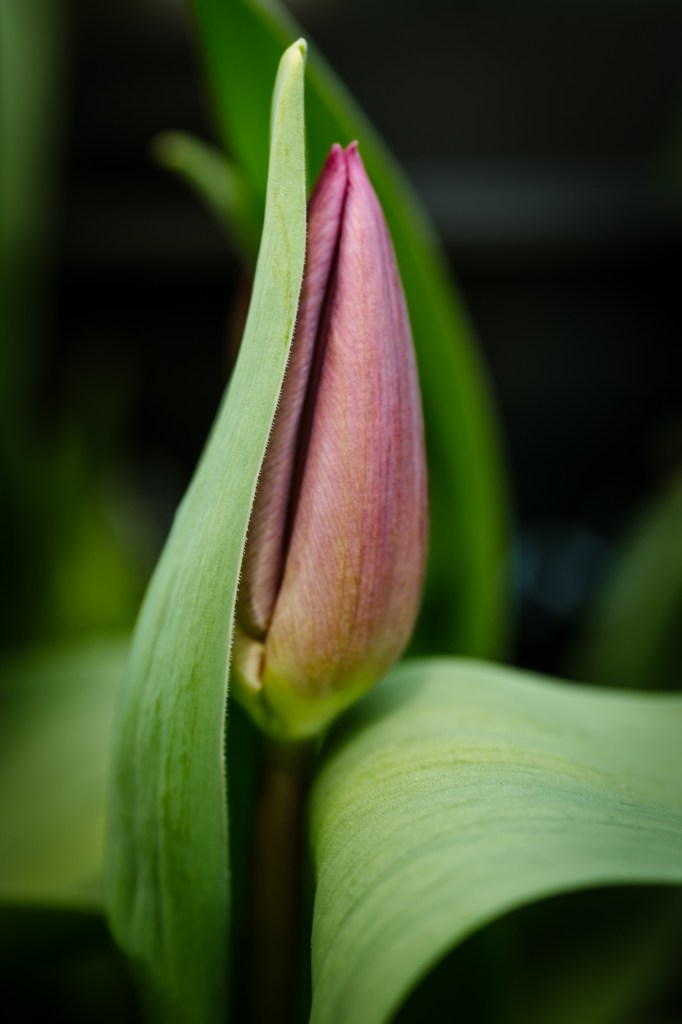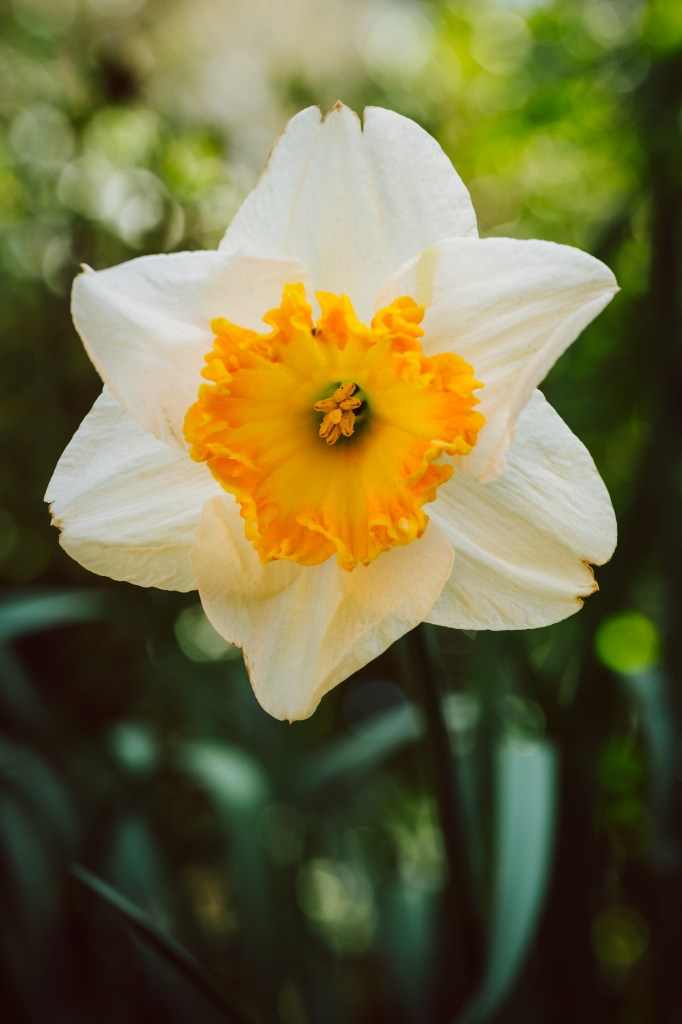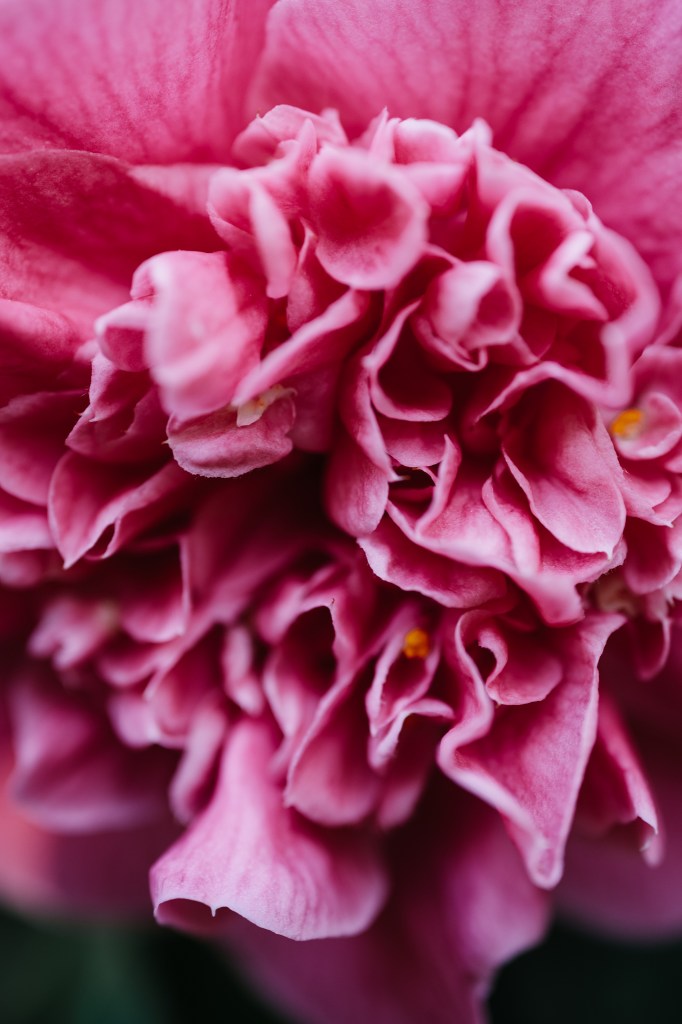She wasn’t even in the door before her grandmother said, “Well? How was your day? And where,” she added, narrowing her eyes, “is my scarf?”
The scarf. The soft cashmere scarf she is only ever allowed to wear on special occasions, or occasionally when her grandmother is feeling indulgent. She put her bag down and braced herself.
“I think,” she said, “I might have misplaced it.”
Grandma sat back as though she’d confessed to robbing a bank. “Lucy Grace. Not my cashmere scarf.”
“I know, I know,” Lucy said, sitting at the table. “I’m sure it’ll turn up somewhere.”
Grandma poured tea in that serious way she has, as though a warm cup might steady the world.
“Right,” she said. “Talk me through your day. Start from the beginning. Memory needs a path to follow.”
Lucy took a breath and tried to rewind. “Okay… well, I went into the city mid-morning. Took photos. Tried to keep my mind busy.”
It was day four of the colour-hunting challenge. Grandma chose the colour at breakfast each morning; Lucy went out and chased it. It was the right kind of distraction this week; something bright and ordered to hold her attention given other uncertainties.
Grandma sipped her tea. “Was yellow a good choice?”
“It was,” Lucy said. “I thought it would be impossible in the city, but it kept showing up. Made the day feel brighter than it really was.”
She opened the photos on her phone.
A woman in a pale gold jumper eating a slice of sponge at Caffé E Torta. Yellow-labelled champagne bottles hiding her feet. The bright yellow arrows leading into the parking station off Flinders Lane. The warm yellow light spilling from the doorway of Caterina’s – the sort of glow you can feel on your face even though you’re standing outside.
“Looks more mustard than yellow,” Grandma said, squinting. “What did you do for lunch?”
“I went to that Greek place on the corner of Russell and Lonsdale.” Lucy saw the look on her grandmother’s face. “Yes, I was very careful not to drop souvlaki on the scarf.”
“Well, I’m relieved to hear that. Did you take the scarf with you when you left?”
“Yes,” Lucy said. “I definitely did. A woman at the lights admired it. Said it looked like something a poet would wear. I told her it belonged to my grandmother. She said you have excellent taste.”
Grandma sniffed. “Quite right.”
“After lunch I kept wandering. Yellow kept popping up everywhere. Eventually it got too cold, so I stopped in at a café to warm up and finish my book.”
“And that’s when you took the scarf off?”
“Yes, I hung it over the back of the chair, and I even said, out loud, ‘Don’t forget this.’”
Grandma’s eyebrows rose. “And yet?”
“Well, I didn’t really forget it. I got distracted.”
“Go on.”
“I finished the book and just sat there,” Lucy paused, “crying. It’s such a sad book – a bit too close to home at the moment. When I looked up, there was a woman outside, taking a photo of me. Through the window.”
Grandma blinked. “Of you? When you were crying?”
“Yes.”
“Why on earth?”
“I don’t know,” Lucy said. “She gave me a funny look, then came into the café and sat at the next table.”
Grandma sat back. “What?”
Lucy explained how the woman bought Portuguese tarts, and how she made her laugh about crying over a book, which she’d thought was humiliating but turned out not to be.
“She was nice?” Grandma asked carefully.
“She was… interesting,” Lucy said. “Kind. Odd in a good way. And she made me look beautiful in the photo.”
Grandma’s voice softened. “You always look beautiful, darling. You just don’t always feel it.”
“I’ll go back in the morning. Ask if they’ve seen the scarf.”
***
Lucy pushes open the café door, hoping to see the scarf on the counter. The bell does its half-hearted little ting, and stepping in, Lucy sees the woman from yesterday.
Hair escaping from its band again, the same well-worn cardigan hanging like a tired curtain, and sensible shoes that look as though they’ve walked a thousand careful miles. She seems older than Lucy remembered – solid, practical, the kind of woman who might keep spare buttons in a jar – but there’s something else too: a glint in her eyes, as if she’s just thought of a secret joke, and a faint smudge of ink on her thumb, like someone who still writes things by hand.
Two Portuguese tarts in front of her.
And Grandma’s scarf, folded neatly on the table, waiting for her.












